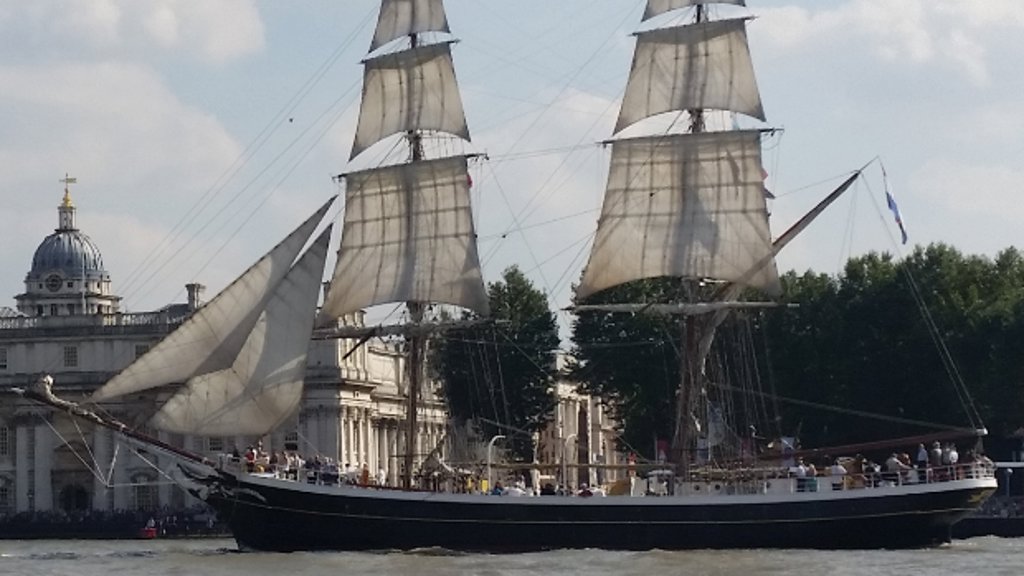Eerste tallships arriveren vanmiddag in Vlissingen
VLISSINGEN – Two ships that participated in ‘Oostende voor anker’ last weekend will arrive in Vlissingen this afternoon. The clipper brig De Morgenster and later the Anna TX 37 and the Jantje are expected to arrive from around 4 pm on the roadstead of Vlissingen.
De Morgenster, built in 1919 in Alphen aan den Rijn, initially served as a sailing herring logger under the name De Vrouwe Maria. In 1959, the ship was renamed Morgenster and was used in sport fishing and later as a radio broadcast ship for Radio Delmare. In the 1980s, the ship lay idle in Amsterdam for a long time and was vandalized. There was even a meter of water in the hold at that time. After a thorough restoration, the ship has been used as a sailing training ship since 2008.
The Anna TX 37 was built in 1931 as TX37 Anthonie and served as a fishing vessel powered by a Kromhout engine. From 1936, the name changed to TX48. After 1937, it became the KW92 and was used in coastal and trawler fishing. During the war, the ship was requisitioned, but after the war, it sailed again until 1977 as KW92 in the fishing sector. During this time, the ship had various engines, including Bolnes, Deutz (twice), and DAF. Between 1977 and 2005, it served as a sailing charter in the Netherlands and Sweden under the name Reppe. From 2005 to 2012, it was known as Manana, with Zwartsluis as its home port. Since 2012, the ship has been named ANNA TX37, a two-masted gaff sailboat with Rotterdam as its home port.
The Jantje, launched on April 17, 1930, as a fishing cutter, was the first steel ship of a Texel fisherman who moved to Den Helder with his family in 1917. The ship was then christened Twee Gebroeders, in honor of the two sons of the skipper. This ship was used for fishing for plaice, sole, and cod. At that time, there was little confidence in the diesel engine, so the cutter could also sail. During the English bombings in 1940, the Twee Gebroeders was taken to inland waters to protect it. However, a little over a year later, the ship was still seized by the Germans. After the war, the eldest son walked via the Afsluitdijk to Germany in search of the ship. According to tradition, he found it in Emden, with holes in the hull and a machine gun on deck. On November 10, 1945, the renovation of the ship began in Haarlem. On May 18, 1946, it was ready for fishing again and was given the new name Ennie and Appie. Until 1952, the cutter belonged to the Helderse fishing fleet, and herring was fished in the winter. After that, it had various owners from Urk, Katwijk, and IJmuiden. The IJM17 made headlines when it ran aground in March 1971 at Zandvoort after the engine failed during an attempt to tow another stranded ship. In 1976, Harry and Marian Múnter bought the ship, which they had wanted to convert into a sailing ship for years. After years of renovation, the schooner brig Jantje made its first day trips in 1986.

